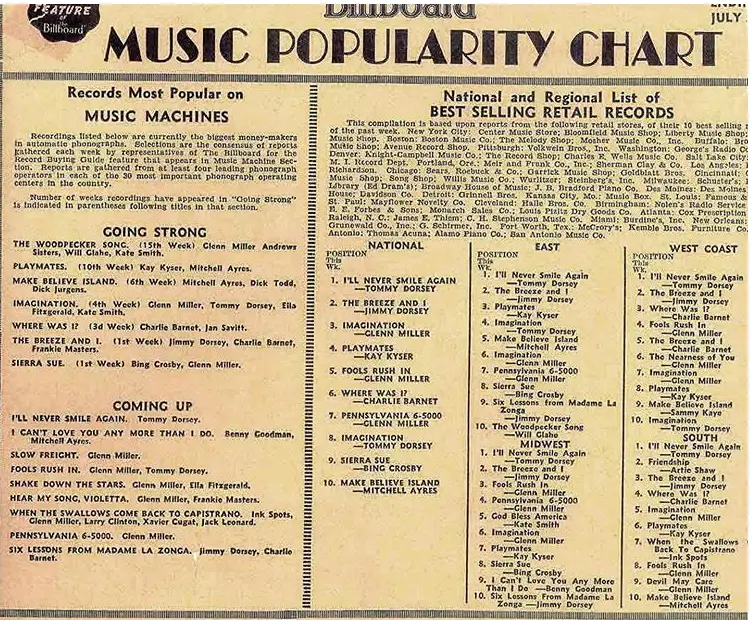
Welcome to the backstage of the music industry, where hits are made, careers are launched, and dreams come true — the Billboard charts. They’ve been the measuring stick of musical success since their inception, but how did they evolve to mirror our ever-changing music consumption habits? Grab your backstage pass and let’s dive into the grooves of this historical vinyl.
Act 1: A Tune Called Beginnings – The Origins of Billboard Charts
Picture this: It’s the 1940s. Swing is the thing, and the world is on the brink of seismic shifts. Amidst the hum of the war machine and the whispers of coming peace, one American music magazine is tuning its ears to the harmonies of the nation. Billboard – at this time already a fifty-year-old publication originally covering carnivals and the entertainment biz – is ready to crank up the volume.
On a summer’s day – July 26, 1940, to be precise – Billboard decided to amplify the voices of the music industry and their listeners by publishing its first Music Popularity Chart. This marked the first recorded measure of music recording success based purely on sales performance. The artistry of Armstrong, the crooning of Crosby, and the virtuosity of Vivaldi were now more than just crowd-pleasers; they were competitors in a melodious race to the top of the charts.
So, how did Billboard strike the chord to make this all happen? It all began with the humble act of surveying. The magazine would reach out to record retailers and radio stations, collecting data on record sales and radio plays. Even the nostalgia-soaked jukeboxes, cornerstones of any decent dive bar or diner, had their data collected and contributed to these rankings.
This analog method of collecting data was as straightforward as the A-B-C’s of do-re-mi, yet it wasn’t without its flaws. Larger record stores and radio stations had a more prominent voice in the choir, potentially creating bias in the rankings. Reporting errors, like off-key singers in a concert, could throw the entire chart out of tune. And yet, it did the trick. This process created a relatively accurate reflection of the nation’s musical tastes, essentially laying the foundation for the hit parade that would continue for the next eight decades and counting.
It was a time when a few record sales, radio plays, and jukebox hits could propel a catchy tune to national acclaim. It was a simple system, reflective of simpler times, setting the stage for the magnificent symphony of evolution that was yet to come in the music industry.
Act 2: The SoundScan Symphony – Revolutionizing the Billboard Charts

Just as the rock and roll revolution reshaped the sound of the 60s, the next era of the Billboard charts was all set to re-tune its method of charting music success in the 90s. Enter stage right: the Nielsen SoundScan. This protagonist, equipped with the technological prowess of the dawning digital age, was ready to shake things up.
It’s 1991, hip-hop is rising, grunge is thrashing its way to the fore, and technology is becoming the new maestro of the music industry. The Billboard charts had been relying on trusty manual surveys for more than half a century, a method as vintage as vinyl and as charming as cassette tapes. But just as the synthesizer had electrified the music world, SoundScan was about to crank the volume up to eleven on chart accuracy.
With the precision of a virtuoso and the reach of a broadcast tower, Nielsen SoundScan began collecting point-of-sale data directly from cash registers across the nation. This was a data-driven waltz like no other – a process as reliable and accurate as a metronome. Suddenly, the simple notes of sales and radio plays were part of a complex melody that included every CD, cassette, and vinyl record sold, capturing the beat of America’s ever-changing music pulse.
This fine-tuned approach hit the right note in more ways than one. For the first time, there was a level playing field. No longer did larger stores and stations hold sway. Now, every sale, in every store, counted. The underdogs had a shot at the limelight, and the results were nothing short of rock ‘n’ roll. Nirvana’s “Nevermind” famously bumped Michael Jackson’s “Dangerous” from the top spot, signalling not just the rise of grunge but the arrival of a more equitable system of ranking music popularity.
The advent of SoundScan was akin to the music industry trading in its one-stringed guitar for a Stratocaster. It amplified the true voices of the record-buying public, ensuring every strum, beat, and note counted. In doing so, the Billboard charts went from playing a simple melody to orchestrating a symphony that encapsulated the complex musical tastes of the nation.
Act 3: The Digital Dance – Billboard Embraces the Future
As the 21st century dawned, a digital revolution was set to disrupt the melody of the music industry. Mp3 players, Internet piracy, and eventually, streaming services, were about to change the music landscape forever. Amidst this cacophony, the Billboard charts were ready to remix their process once again. So, folks, let’s turn the dial to 2005 and tune into this game-changing third act.

It was a time when iPods were more common than Walkmans, and the convenience of downloading was outweighing the charm of physical record stores. Against this backdrop, Billboard partnered with Nielsen SoundScan to incorporate digital downloads into the Billboard Hot 100 equation for the first time. It was a move as groundbreaking as the Beatles going electric.
This new dance with digital data brought a fresh rhythm to the charts. A song didn’t need radio airplay or a physical presence in stores to make it to the top. Now, a viral hit on the internet could scale the charts just as easily as a major label release. This digital dance, akin to a new genre making its debut, reshaped the Billboard charts, making them even more reflective of the public’s ever-evolving tastes.
But the remix didn’t stop there. In 2007, Billboard introduced the Digital Songs chart, further acknowledging the role of digital downloads in the music landscape. Then in 2013, as streaming services became the new chart-toppers, Billboard and Nielsen incorporated data from streaming services into the Hot 100, marking a significant shift in the music industry’s narrative.
The new formula? An intricate algorithm considering streaming, radio airplay, and digital and physical sales. Each stream equaled 1/150th of a digital song sale, and ten digital track sales equaled one album sale. This equation wasn’t just math; it was music to the ears of an industry trying to keep pace with its digitally savvy audience.
It was a bold remix that ensured the Billboard charts continued to be the definitive guide to musical success, playing an ever-evolving symphony that resonated with every beat of America’s heart.
Act 4: The Streaming Serenade – The Chart’s Current Cadence
Welcome, music aficionados, to the era of Spotify, Apple Music, and YouTube, where music is no longer bound by physical constraints or radio airwaves. Streaming has become the melody of our age, the tune to which we all sway, and naturally, the Billboard charts have had to dance to this rhythm.
By the 2010s, streaming services had dominated the music scene, and it was clear: the charts needed another remix. And so, with the precision of a maestro conducting an orchestra, Billboard once again fine-tuned its chart methodology in 2018. A new equation was born: one that would differentiate between on-demand streams (akin to buying a song outright) and programmed streams (more like hearing a song on the radio).
Under this new symphony of numbers, Billboard awarded greater weight to paid subscription streams. In this composition, one premium subscription play equaled one point, while ad-supported streams were worth 2/3 of a point, and programmed streams were valued at 1/2 point per play. This dynamic dance between different types of streams recognized the nuances in the way we consume music in the digital era.
This new methodology also heralded the birth of two new charts: the Billboard 200, which ranked the most popular albums and EPs in the United States, and the Rolling Stone Top 100, which ranked songs by a blend of sales, radio airplay, and streaming. These charts, much like a new album from a beloved artist, provided fresh insights into the musical tastes of the nation.
The streaming era brought new artists to the fore. The likes of Billie Eilish, Lil Nas X, and BTS, who may have once been considered outliers, found their way to the top of the charts. This attested to the true democracy of music in the digital age. Any song, any genre, from any part of the world could find a global audience.
This was a period defined by the democratization of music through streaming. A time when the pulse of the charts is dictated by the click of a play button, the creation of a playlist, or the share of a new discovery.
Act 5: The Harmonic Horizon – The Billboard Chart’s Future Sonata

As we reach the cusp of the unfolding era in our Billboard chronicle, let’s pause and tune into the unknown yet exciting symphony of the future. The digital era continues to conduct the tune of our times, and the Billboard charts are ready to dance to whatever rhythm the next generation of technology, trends, and tastes will play.
The music industry, much like the tracks we groove to, is a dynamic, ever-evolving entity. In the same way the iPod revolutionized our listening habits, new technologies are already striking the chords of change. Virtual reality concerts, AI-composed tunes, and blockchain-based music distribution models are making their entrance onto the grand stage of our musical narrative. As we stand on this precipice of innovation, one thing remains clear: Billboard will continue its ongoing ballet with the beat of the industry, adjusting its methodology to reflect the music landscape of tomorrow, or will it?
A flawed system?
But we can’t just write an article about Billboard and leave out the controversies and ways the system is exploited by record labels and artists. Indeed, the creativity of cheaters is often unmatched, and there have been several artists whose strategies to reach the top of the Billboard charts have sparked controversy or involved manipulation tactics. Here are a few examples:
The Bundling Controversies: ‘Bundling’ is a sales strategy where artists bundle their new album with merchandise or concert tickets to boost album sales. While it has been a common practice in the industry, it has been subject to criticism as an artificial way to inflate album sales. For example, in 2019, DJ Khaled reportedly threatened to sue Billboard after his album failed to hit No. 1, partially because Billboard disqualified over 100,000 of his sales linked to a promotional energy drink bundle. In response to these controversies, Billboard announced in 2020 that they would no longer count albums bundled with merchandise or concert tickets towards their charts.
Payola: Payola is the illegal practice of paying radio stations or DJs to play certain songs and artificially increase their chart rankings. While this practice was more common in the early days of radio, it has continued in various forms to the present day. The most famous scandal was probably the one in the late 1950s involving legendary DJ Alan Freed, who was found guilty of accepting bribes.
Billboard’s Policy on Album Returns in the 70s: Up until the mid-70s, Billboard counted unsold albums returned by retailers as sales. This practice led to significant chart inflation and manipulation by record labels who would ship large quantities of an album to retailers, knowing that many would be returned but still counted as sales.

Streaming Farming and Falsifying Streams: As streaming has become a significant factor in chart placement, some artists and producers have attempted to exploit this system. There have been allegations of ‘streaming farms’, where hundreds of devices play an artist’s songs on repeat to inflate stream numbers. Some artists have also been accused of artificially boosting their streaming numbers using bots.
YouTube Views: Billboard’s decision to include YouTube views in chart calculations has also sparked controversy. In 2013, Billboard started counting YouTube streams, which led to Baauer’s viral hit “Harlem Shake” debuting at No. 1. This move sparked a debate about whether viral hits driven by memes and social media challenges should hold the same weight as traditional song sales.
TikTok and Virality: The rise of TikTok has added another layer of complexity to the charting system. Viral TikTok tracks can rocket up the charts based on short clips, often before the full song has even been released. This has led to debates about the quality of these viral hits and their longevity.
But who would do such a things? While we may not be able to know the exact numbers of artists enjoying the fruits of a flawed system (some say every artists now use such tactics to boost their numbers), here a few notable examples for our enjoyment.
- DJ Khaled: As mentioned earlier, DJ Khaled’s 2019 album “Father of Asahd” was involved in a bundling controversy. Khaled bundled his album with an energy drink, which led Billboard to disqualify over 100,000 of his sales, causing his album to debut at No. 2.
- Travis Scott: In 2018, Travis Scott’s album “Astroworld” controversially beat out Nicki Minaj’s “Queen” for the No. 1 spot on the Billboard 200 chart due to his extensive use of album bundles, including merchandise and concert tickets. This resulted in Nicki Minaj accusing Billboard and Travis Scott of manipulating the charts.
- Justin Bieber: For his 2020 single “Yummy,” Bieber received criticism for encouraging fans to stream the song overnight while they slept, and providing international fans with instructions on how to manipulate streaming systems to count towards US sales.
- 6ix9ine (Tekashi69): The rapper 6ix9ine (Tekashi69) has publicly accused Billboard of manipulating their charts, claiming that they unjustly discounted his sales for his 2020 single “GOOBA”, which debuted at No. 3 on the Hot 100, despite breaking YouTube’s record for the most views in a 24-hour period for a hip-hop video.
- Ariana Grande and Justin Bieber: The pair were accused by 6ix9ine of using fraudulent sales to boost their 2020 charity single “Stuck with U” to No. 1 on the Billboard Hot 100, which included a last-minute offering of signed CDs on their web stores. Billboard has since clarified and defended their counting process in an article.
- Metallica: Back in the days of physical sales, even before the digital era, Billboard and other charts weren’t immune from manipulation. It was widely rumored that in 1991, Metallica’s label, Elektra, purchased hundreds of thousands of copies of “The Black Album” to ensure it reached No. 1.
These controversies have led to continuous adaptations and revisions in Billboard’s rules, making the charts more representative of actual consumer behavior. Despite these challenges, the Billboard charts have maintained their status as the gold standard for measuring commercial success in the music industry.
The Score: How it’s Counted Today

How do they translate these diverse factors into numbers? Here’s the simplified formula, as far as we know:
- Sales (35-45%), includes digital and physical album sales
- Airplay (30-40%), based on audience impressions on radio
- Streaming (20-30%), both on-demand and programmed
Each category’s percentage can vary week to week, depending on overall music consumption. The formula continues to evolve to ensure the charts reflect the changing music landscape and remain a true indicator of a song or album’s popularity.
So, there you have it, folks – the epic journey of the Billboard charts. From humble surveys to the digital revolution, the charts have evolved with us, the listeners, amplifying the rhythm of our musical era. So, the next time you check out the top tunes, you’ll appreciate the rich history that led to their ranking. Or maybe you’ll roll your eyes, for in this ever-evolving digital world of ours, nothing is not manipulated, somewhat.
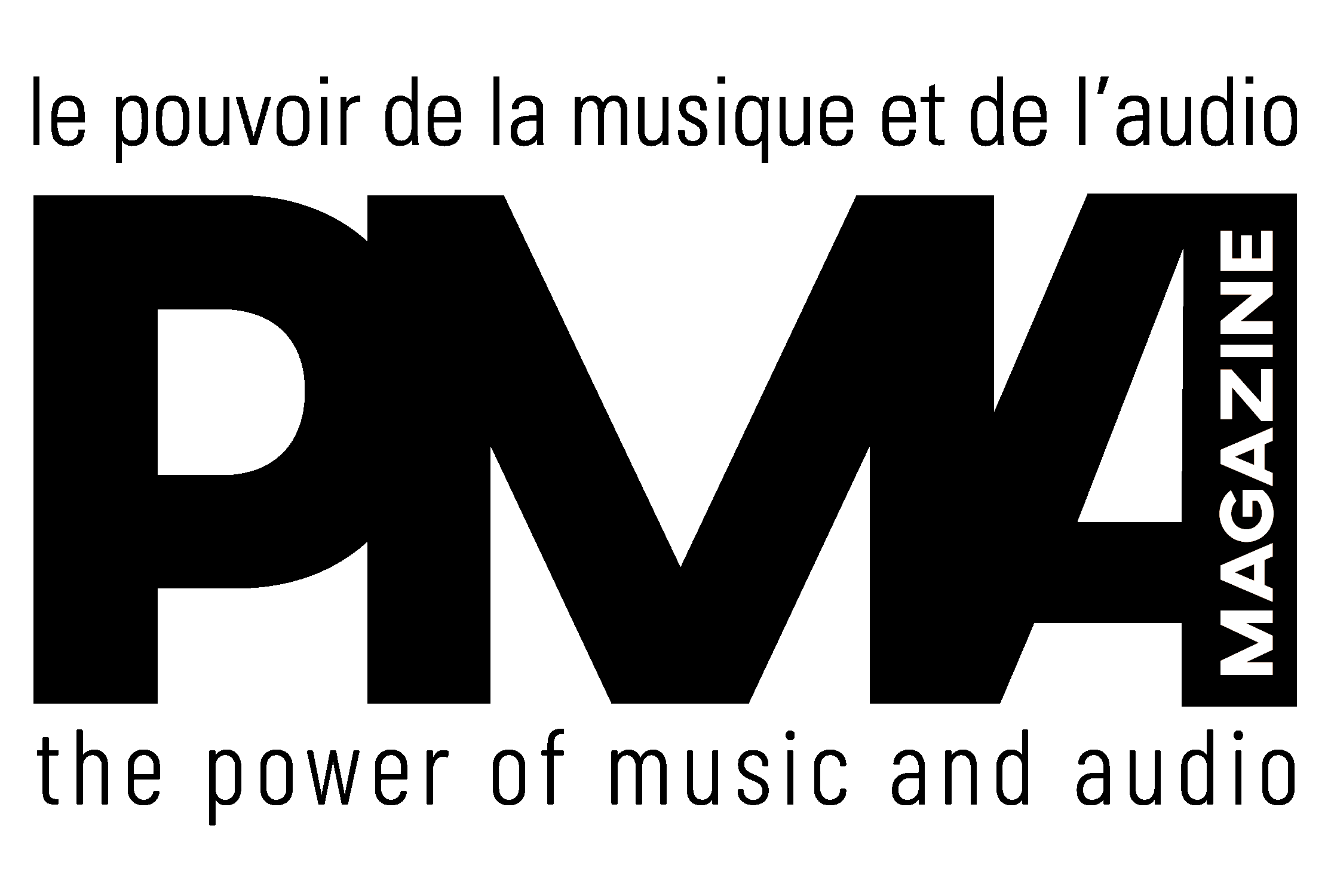

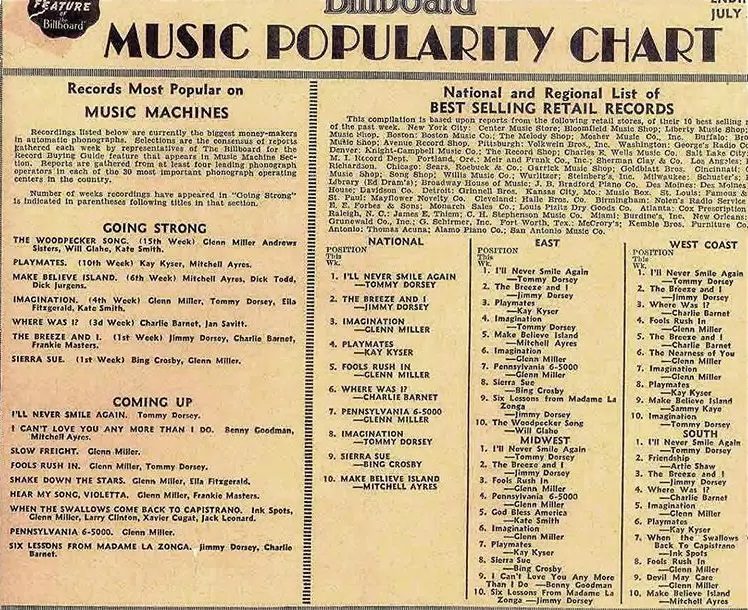


















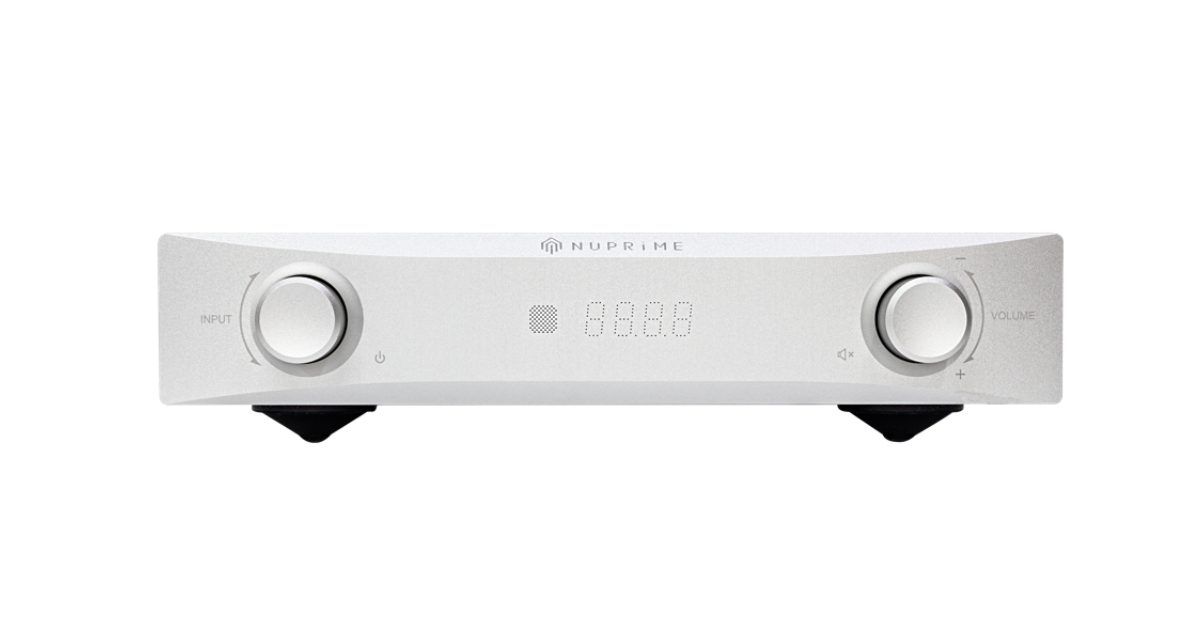
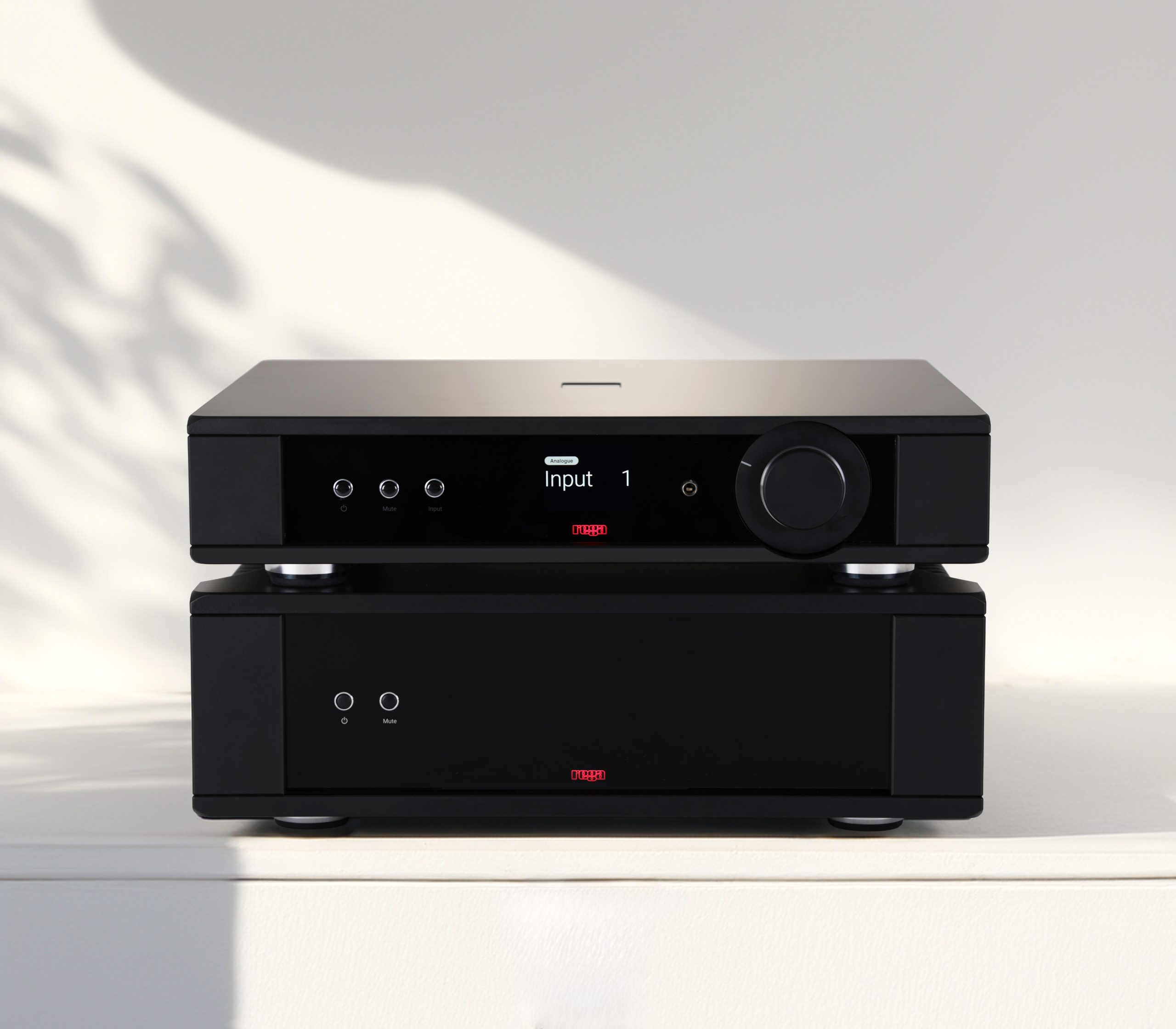
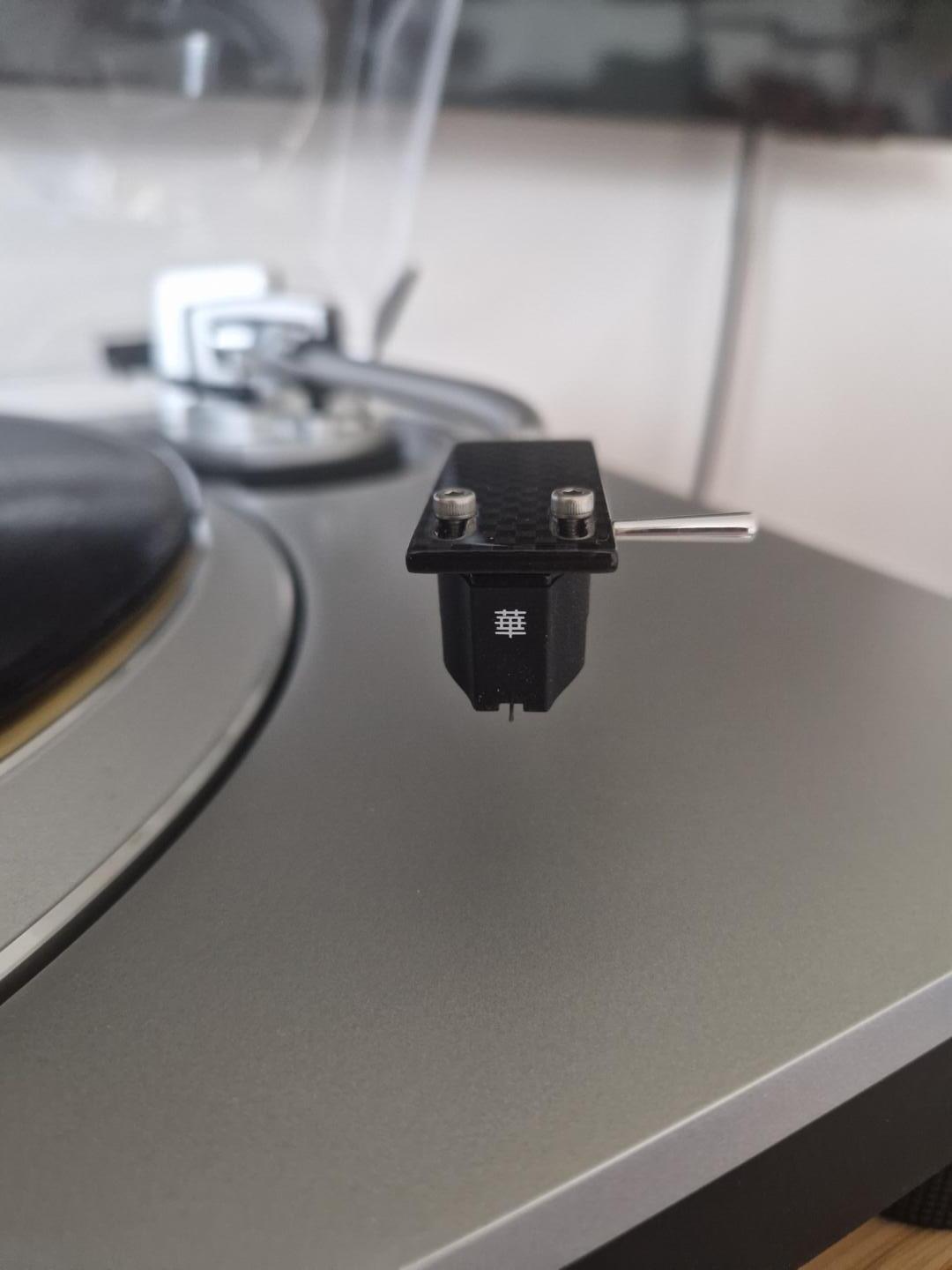
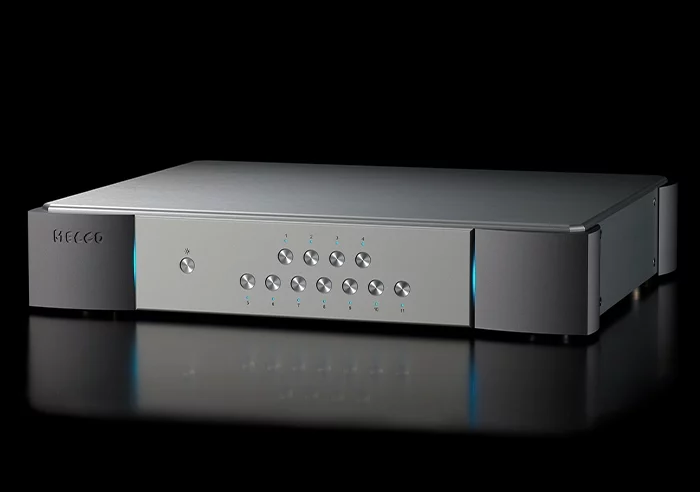
Leave a Reply